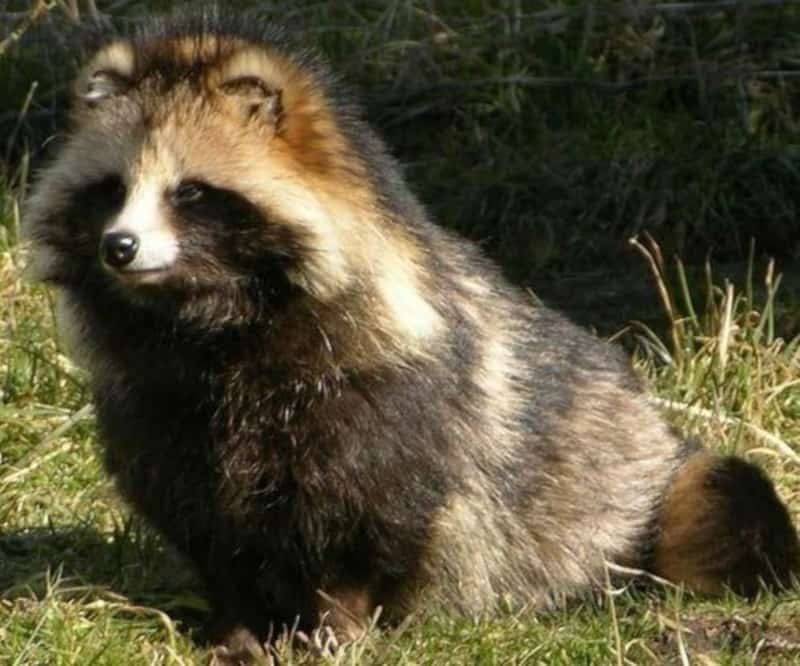
Raccoon Dog Facts
- This fascinating and intriguing creation of Nature and evolution most frequently goes by the deceptive common name of Raccoon Dog. it does have other general titles, though. These include common raccoon dog, Chinese raccoon dog and Asian raccoon dog.
- Among scientific professionals, however, it’s perhaps better known by its technical designation. Unfortunately, like many such terms, that’s extremely difficult for the layperson to pronounce. That’s because the animal holds the official moniker Nyctereutes procyonoides.
- The mammal received that rather tongue-twisting tag due to the efforts of John Edward Gray. The renowned British zoologist accomplished the first formal recognition of it as a separate and distinct species. He achieved that scientifically noteworthy deed in the year 1834.
- Despite the name, it’s actually mosts closely related to foxes, having no relationship to raccoons. The striking similarity in facial markings did, however, serve as the source of the often misleading epithet. It also currently forms the only known species within its Genus.
- Thankfully, the amazing Raccoon Dog appears to be maintaining a thriving population base. That pleasant state also seems to hold true throughout its entire native range. The IUCN thus presently lists the impressive canid as Least Concern on its Red List of Threatened Species.
- It nevertheless faces multiple potential threats to its continued existence as a species, at least. In this respect, it mirrors the current situation of all life on earth The majority of these stem from the actions of man, and include habitat loss the the ongoing effects of climate change.
Related Articles
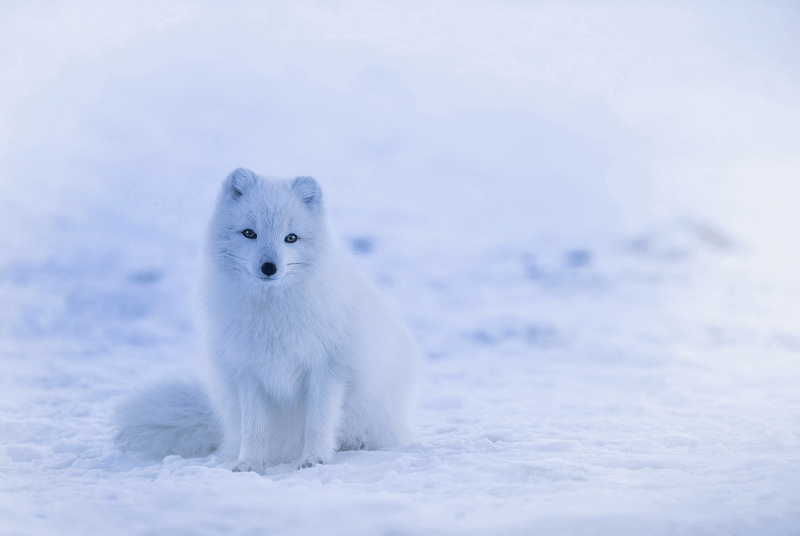
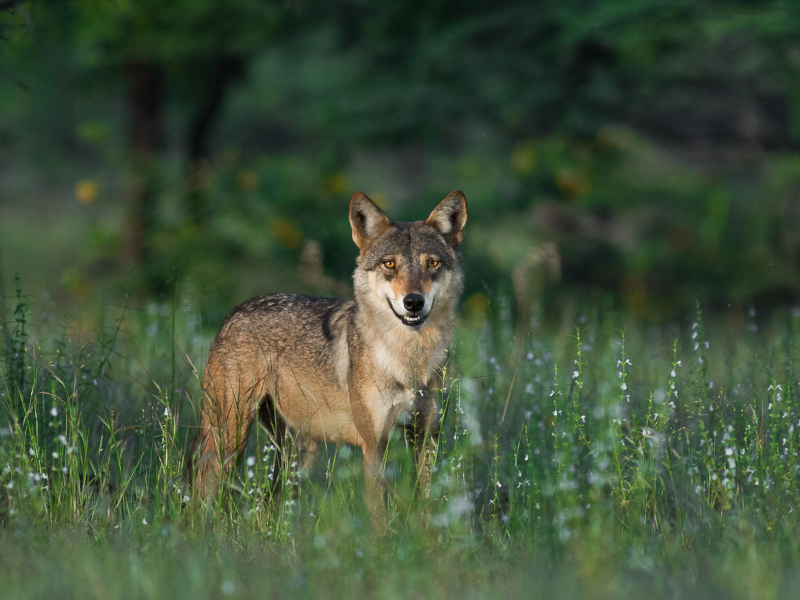
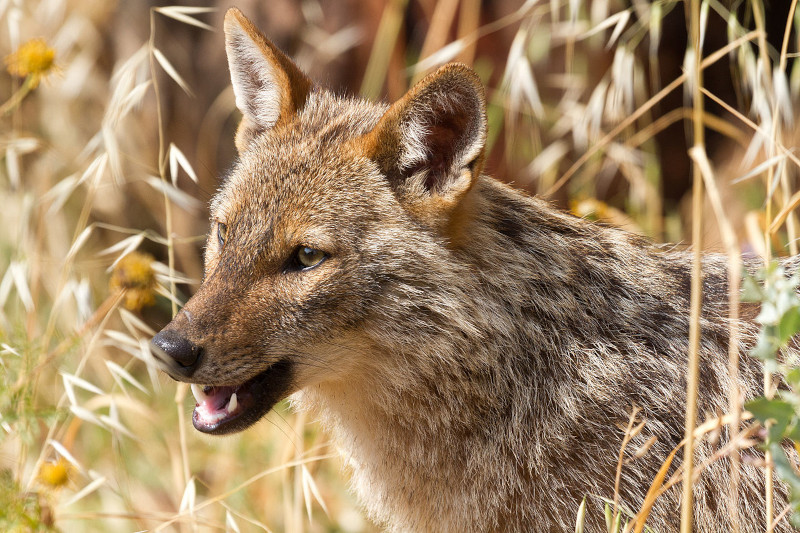
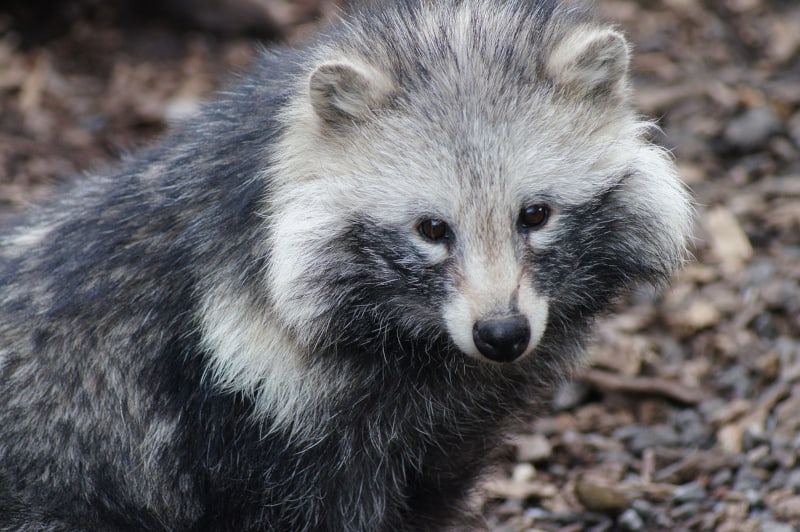
Raccoon Dog Physical Description
The highly distinctive Raccoon Dog typically fascinates those individuals fortunate enough to encounter one in the wild. It generally does so, though, due more to its unexpected appearance than sheer size. That’s true since, in that respect, the marvel’s a relatively small, fox-like canid.
It also follows a pattern common among many mammals around the world. That’s the fact it displays a certain degree of the physiological characteristic of sexual dimorphism. In its particular case, however, this trait manifests itself in small ways, making telling the sexes apart difficult.
Though exceptions do occur, males of the species achieve a slightly greater average body size. This extends to both mass and length of body. Yet, the difference typically remains quite minor. In terms of coloring, however, the genders both present the same general pattern of coloration.
Overall, the beautiful creature achieves an average body length equaling approximately 20 – 28 in (50 – 70 cm). The tail, though, adds an additional mean length of between 5 – 10 in (13 – 25 cm) to the total. In terms of weight, fully mature examples range in mass from roughly 9 – 22 lbs (4 – 10 kg).
It also evolved a relatively stocky, robust body with short legs, giving it a somewhat squat appearance compared to other members of the canid family. The aforementioned tail also develops as bushy but relatively short compared to its body size, with fur that matches the color of the body.
Yet, it’s the head and face of the Raccoon Dog that garners the most attention. Its facial markings resemble those of a raccoon, with a dark mask around the eyes that contrasts with the lighter areas on the muzzle and cheeks. It also has small, rounded ears that blend into the canid’s fur.
That fur itself usually develops as comparatively dense in nature. In color, this presents as predominantly brownish-gray or black with lighter shades around the face. The nature of this gives it a somewhat puffy appearance, but provides it with remarkable protection against colder weather.
- Kingdom: Animalia
- Phylum: Chordata
- Class: Mammalia
- Order: Carnivora
- Family: Canidae
- Genus: Nyctereutes
- Species: N. procyonoides
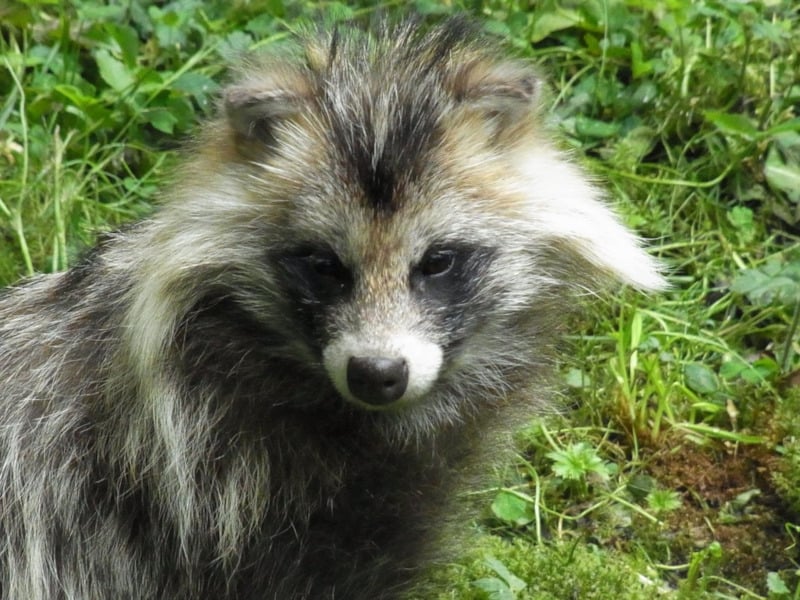
Raccoon Dog Distribution, Habitat, and Ecology
The intrepid Raccoon Dog evolved as native to a relatively large expanse of the surface of the earth. That zone of habitation won’t surprise many people, though, given some of its alternate names. That’s because the marvel of Nature evolved as indigenous to portions of the continent of Asia.
There, the animal developed as native to most of what’s now the country of China, particularly in the northeastern, central, and southern regions. It’s also widely distributed across both North Korea and South Korea. The mammal even appears natively in the southeast parts of Russia.
Via the actions of man, however, it’s also been introduced into other regions of the globe. Due to those actions, it’s now present in several nations in Europe. These include France, Finland, Estonia, Latvia, and Lithuania, among others. In most of these locations, it’s considered and invasive species.
Fortunately, this wonder of evolution displays an impressive degree of flexibility regarding its choice of habitat. It’s thus prove itself to be highly adaptable and able to not only survie, but actually thrive, in a wide range of ecosytems. All do, though, share certain basic conditions it requires.
It enjoys forests, both mixed and deciduous. These areas provide it with plenty of shelter and food sources. The canid also clearly favors regions with dense underbrush. The undergrowth provides good cover for the mammal, allowing it to both hide from predators and hunt small prey.
It’s also often found near various water bodies such as marshes and swamps. Many additionally tend to inhabit areas near rivers, streams, or lakes. The presence of water remains important as it evolved as a strong swimmer, and is able to escape predators by diving into water if necessary.
It’s also proven itself fully capable of thriving in edge habitats, where different ecosystems meet. This includes forest edges. It even extends to such regions as agricultural landscapes, including fields, orchards, and pastures. These areas often provide easy access to various food sources.
In parts of its range, particularly in Japan, it demonstrates a tendency to live in suburban and even urban environments. Here, it’s quite frequently found in parks, gardens, and near human settlements. There, it typically scavenges for food in garbage or from pet food left outside.
As a general principle, it doesn’t dig its own den. Instead, it uses abandoned burrows from other animals, such as badgers or foxes, hollow logs, or rock crevices. During the cold winter months, it spends more time in dens, entering a state of dormancy, though it does not fully hibernate.
The Raccoon Dog evolved as an omnivorous species. It usually consumes a rather wide range of food items depending on the availability of resources in its local environment. Its diet varies significantly with the seasons and its habitat, allowing the mammal to adapt to various ecosystems.
Its diet includes small mammals, such as mice and voles. Birds and their eggs are also consumed, especially ground-nesting species. Amphibians, including frogs, toads frequently form part of its diet, along with fish, especially in wetland and riparian habitats. It also feeds on invertebrates.
In late summer and fall, it consumes a significant amount of fruits, berries, and seeds, such as acorns, which provide energy for fat accumulation in preparation for winter. Roots and tubers are also frequently eaten when other food is scarce. It even opportunistically scavenges on carrion.
The animal also lives a primarily monogamous life. Males often fight for available females, yet such battles rarely end in fatalities. After mating, litters generally number 6-7 pups, but as many as 15-16 do occur. Males typically remain active participants in rearing and providing for the young.
Species Sharing Its Range
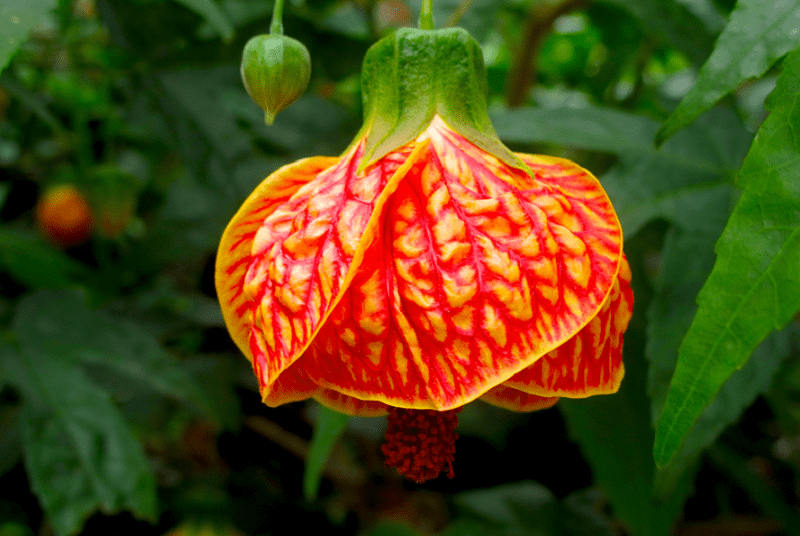
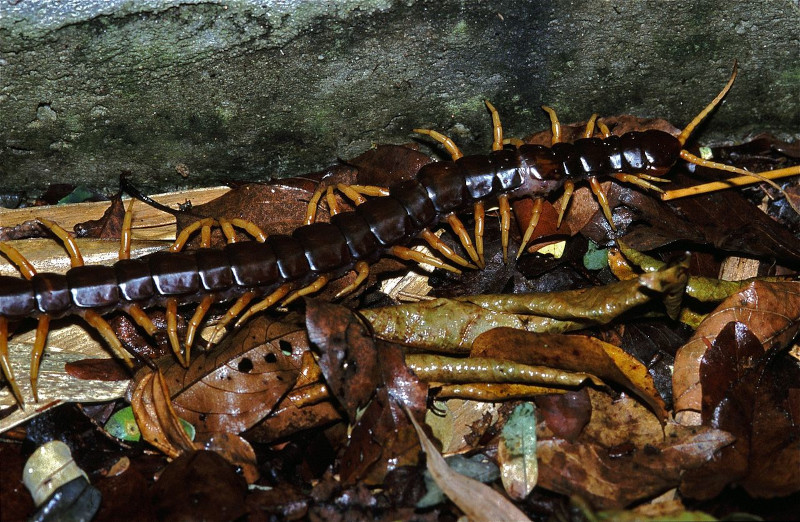

Check out our other articles on 7 Highly Unusual Lakes, Thresher Shark, Multnomah Falls, Pallid Bat, Naked Man Orchid, African Penguin, Goldsmith Beetle, Mountain Chicken, Jewelled Gecko









Leave a Reply